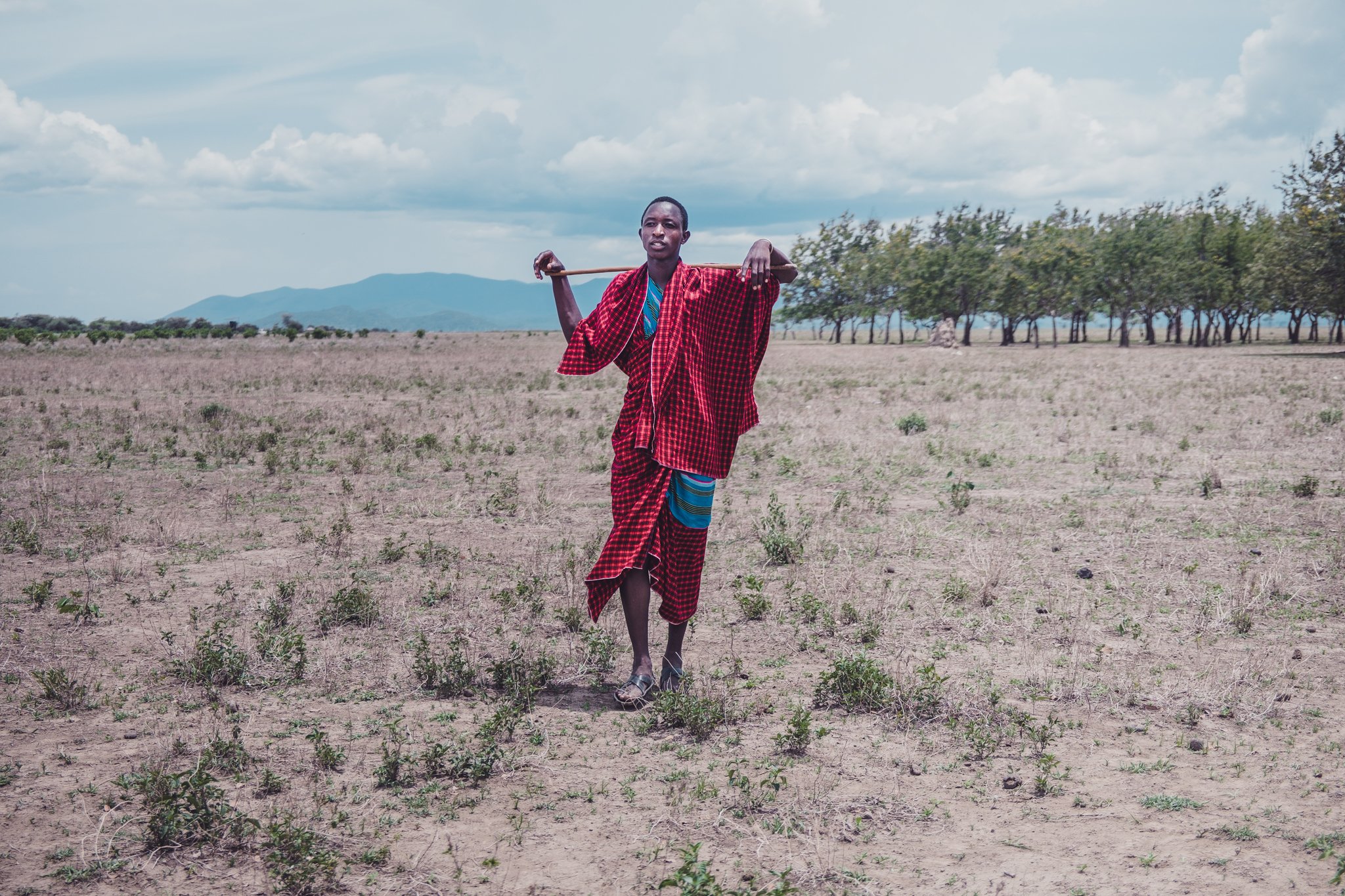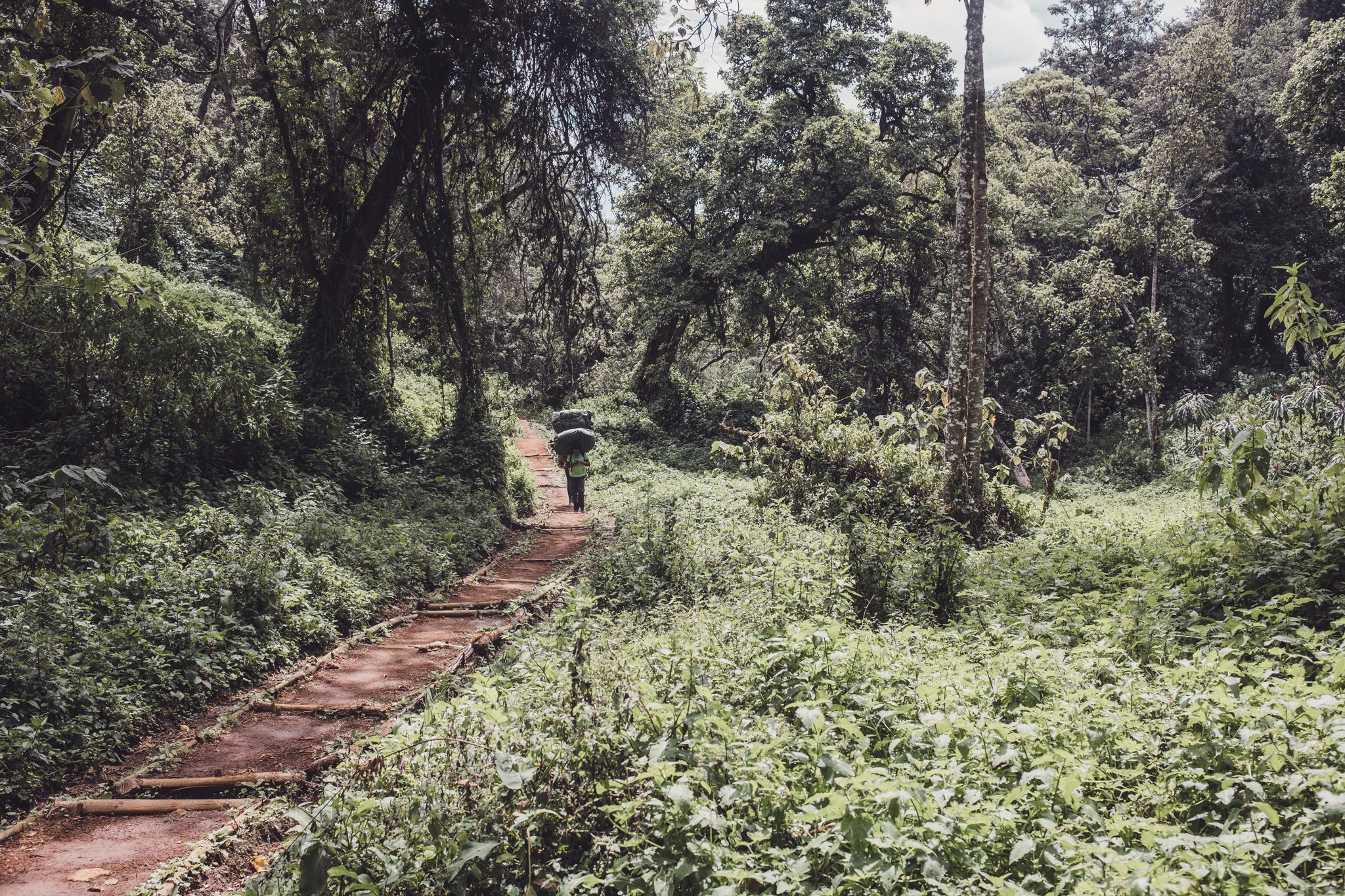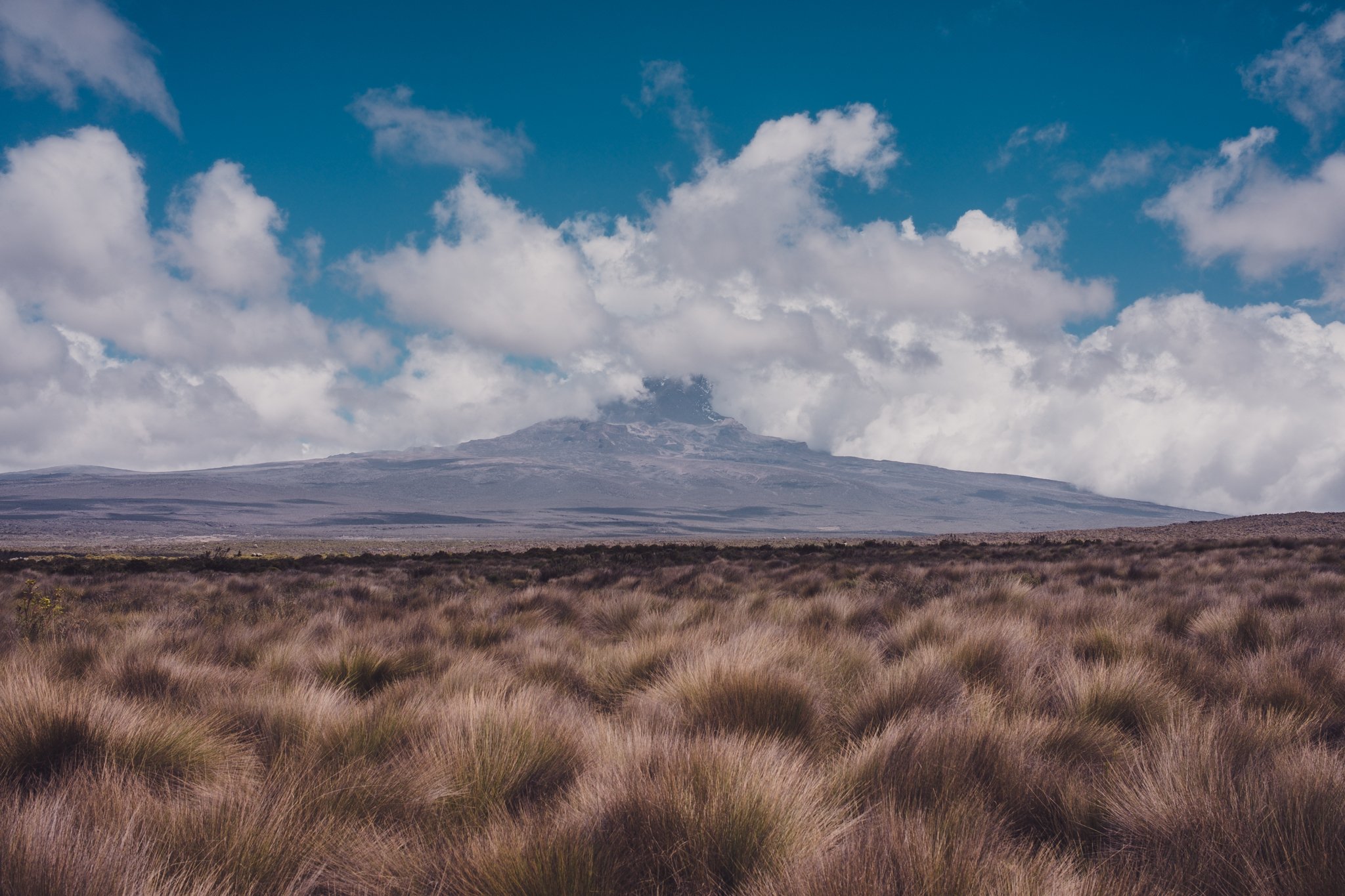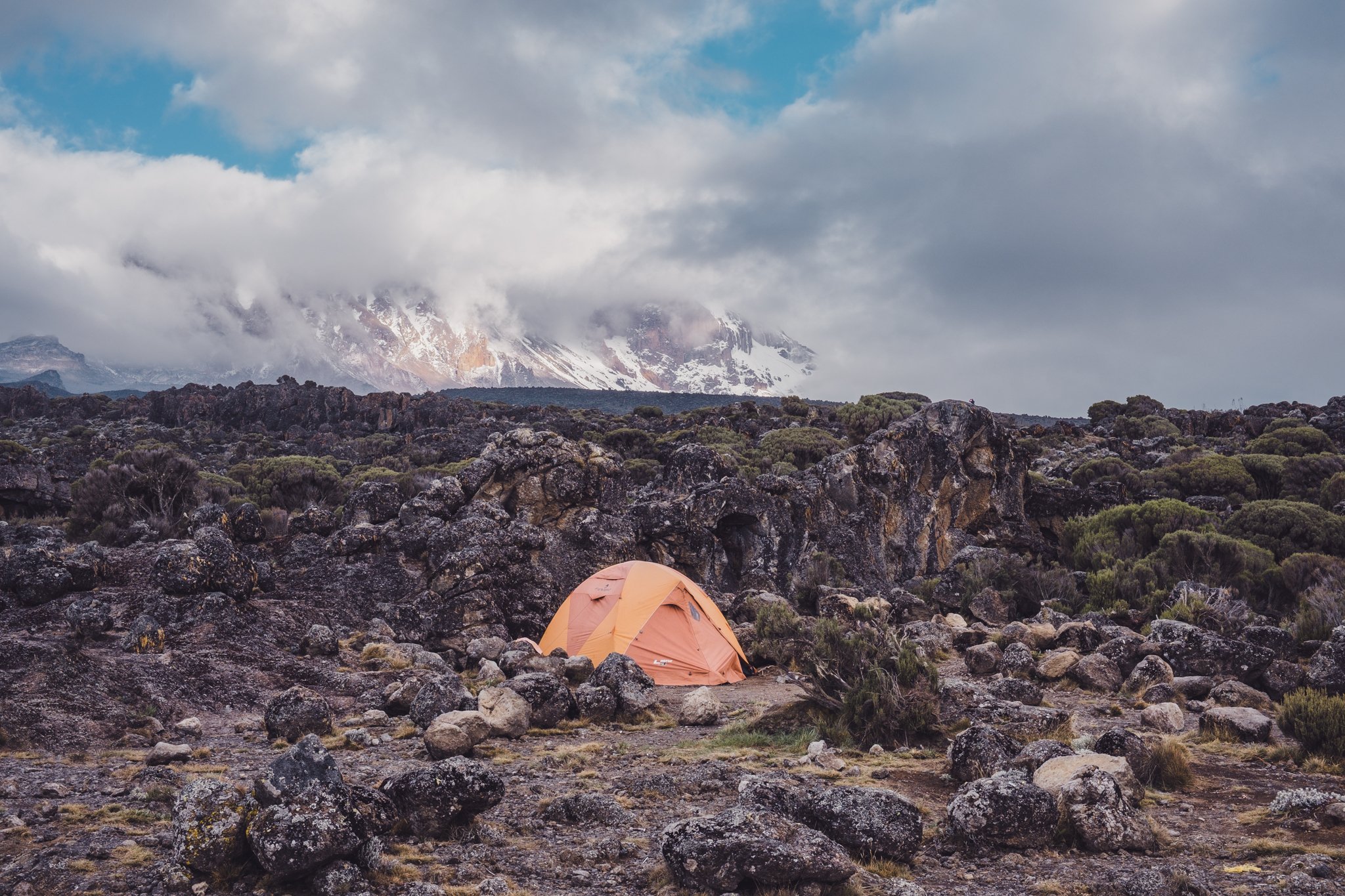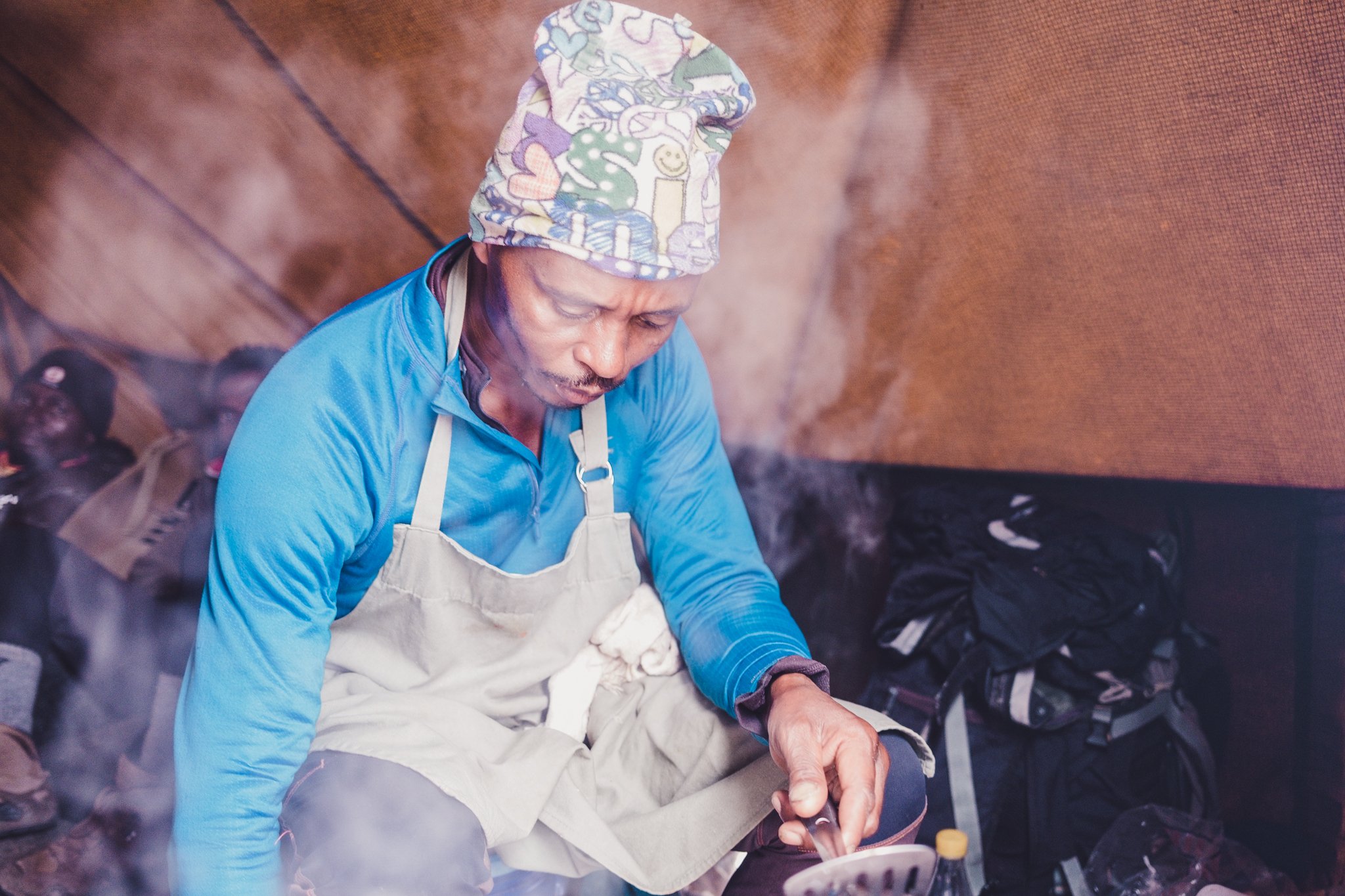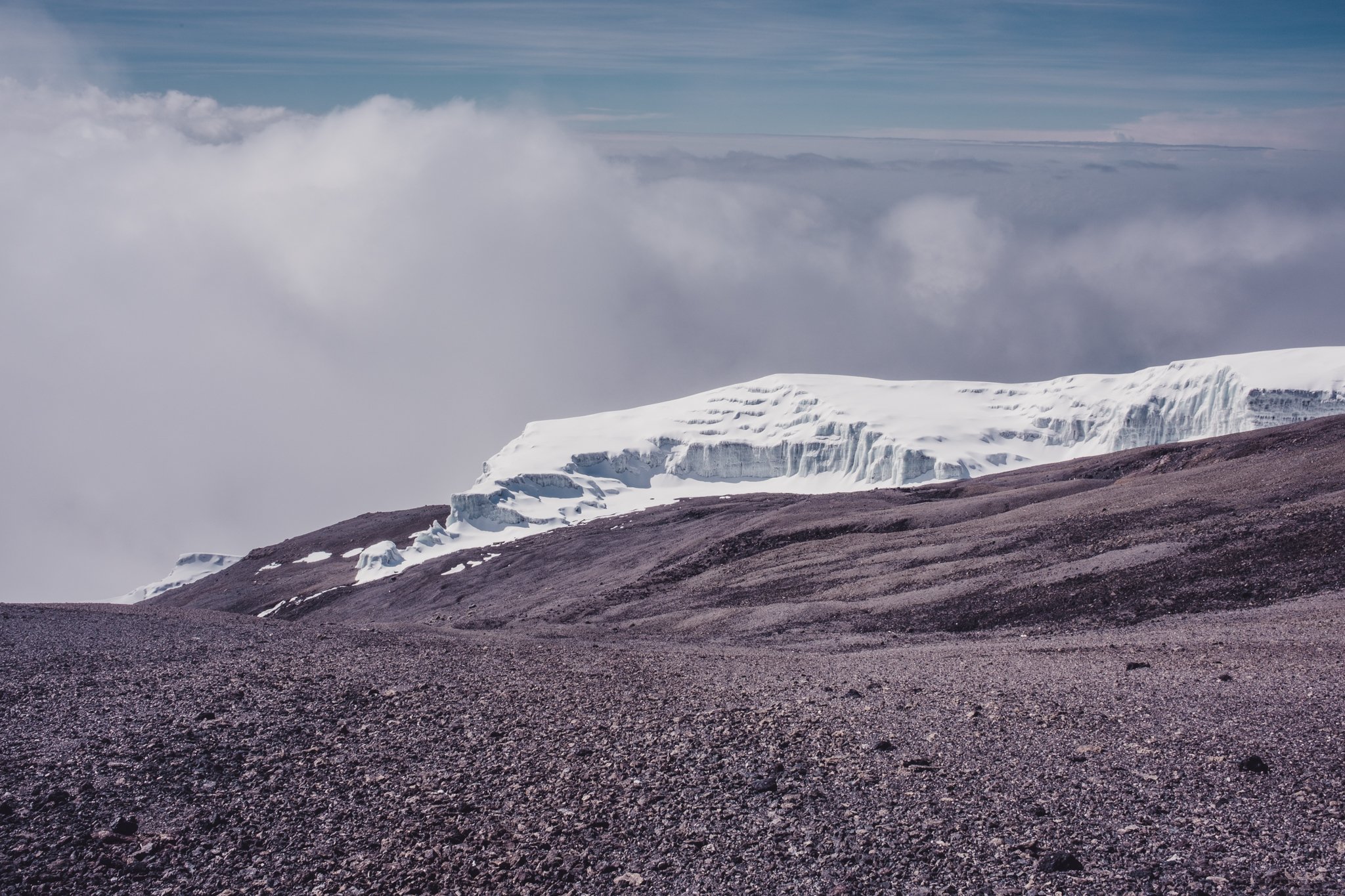The Roof of Africa
As a documentary photographer and writer, I am well used to challenging assignments in far-off places. But as I stood, exhausted from many days of sleep and oxygen deprivation, staring up at the summit of Mount Kilimanjaro, the highest freestanding mountain in the world, I couldn't help but wonder if this would finally be a challenge too far?
My decision to climb Kilimanjaro was fifteen years in the making. I had read about an explorer setting out to reach the summit of the highest peak in Africa, and I was immediately intrigued. At the time, I remember casually thinking that perhaps I could follow in that explorer's footsteps one day. And yet, despite years of contemplation, everything seemed to happen at once when an opportunity suddenly presented itself to travel to Kilimanjaro. Within a week of deciding to go, I arrived in Moshi, the small Tanzanian town standing in the mountain's shadows.
My experience began the day before I headed to the mountain trails, as I went to meet members of one of the last Maasai tribal communities occupying the surrounding land. Still following the farming traditions of their ancestors, they told me of their fears that their way of life would be lost to history as the outside world increasingly encroached on their land. It was a poignant encounter, but the time had come to begin my climb. The next day, I left behind the vast expanse of open farmland and made my way into the rainforest. Densely forested and shielded almost entirely from the sun, the forest lived up to its name, with the rain starting immediately after setting off, drenching everything and making the going incredibly tough from the start.
The route I had chosen for my climb was one of the longest to reach the summit to give myself the best opportunity to acclimatise to the altitude. With the peak standing just shy of 6000m, there is less than half the oxygen available at sea level. The body needs time to adjust to this lack of oxygen, and summit success rates increase dramatically with each day of acclimatisation. Despite the amount of time, I allocated for my climb, managing the effects of altitude became my main priority on the mountain. Each day, I climbed higher to expose myself to the altitude before descending to a lower altitude to make camp. This principle of "climb high, sleep low" was essential for helping prevent altitude sickness.
Another critical strategy for dealing with the altitude was moving slow, at times almost unbearably slow. In the early stages, I must admit I struggled to limit myself to such a slow pace, but I was surprised how quickly I found myself falling into the routine of the mountain. I hiked for around eight to ten hours each day as I made my way through each of the distinct climate zones of the mountain before making camp for another night under the stars. The lush terrain of the rainforest quickly gave way to the much sparser moorlands — where only the very hardiest of shrubs can survive — and then the alpine desert, where almost no vegetation can survive. The ever-changing terrain was one of the most intriguing elements of my climb. As cliche as it sounds, no two views were ever the same, with the mountain's many faces presenting a seemingly endless series of vistas to enjoy. Finally, after more than a week of climbing, I made my way to base camp to prepare for my final push to the summit.
Without a doubt, summit day was one of the most challenging experiences of my life. My summit attempt began at 11 pm the night before, as I set out to hike through the night to reach the summit the next day. Having always led an active lifestyle, I have never been concerned about my fitness or stamina. And yet, with oxygen levels dropping at an alarming rate the higher I climbed, the energy seemed to drain from my body with every step I took. I wasn't able to walk more than a few metres before needing to stop and rest. I don't mind admitting I had some very dark moments that night and more than once, I questioned whether I could make it to the summit. It is hard to explain to anyone who hasn't experienced it for themselves, but every step seemed to require an unbelievable amount of effort; I was constantly struggling for breath. Just when I wondered whether the night would ever end, the first rays of light illuminated the sky, the sunrise lifting my spirits at a time when I felt at my absolute lowest.
A few hours later, I finally made my way over the mountain's crest to reach Gilman's Peak, the first of the three peaks I would need to conquer to reach the final summit. From this vantage point, the views of the surrounding African landscape were truly spectacular, but there was still work to do. And so, after a short break, I began my hike through the final climate zone of Kilimanjaro, the arctic layer. Once completely covered with ancient snow, global warming has resulted in an alarming reduction of the glaciers; I fear I will be among the last to see the snow-topped summit of Kilimanjaro before the glaciers disappear forever.
Step by step, I made my way ever higher. Passing Stella Point, the second of the mountain peaks, the last 200m to the summit took well over an hour and a half to complete. During that time, my thoughts turned to why I was climbing the mountain. It was one of the most challenging experiences I had ever faced, but as I took the final steps toward the summit, I realised the challenge was the point. As cliche as it sounds, I was climbing Kilimanjaro simply because it was there, pitting myself against the mountain's might. Sometimes we all need to challenge ourselves to know we can achieve because if we can overcome our most demanding challenges, we can overcome anything. That is what the mountain taught me.
And so, fifteen years after first contemplating a climb of the highest freestanding mountain in the world, I took the final steps to arrive at the simple sign telling me I had reached 5,895m above sea level, to stand on the summit of Kilimanjaro, the roof of Africa.


